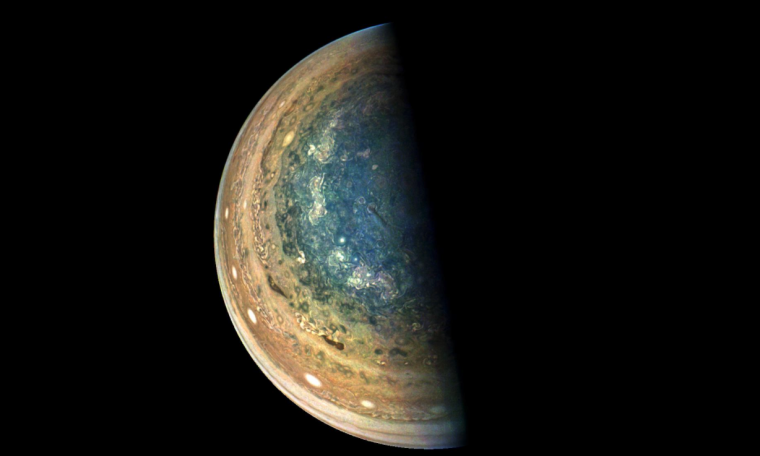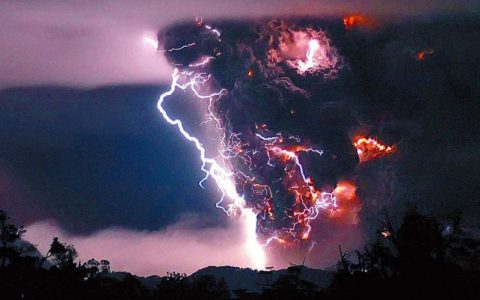
Pictures have appeared on the internet, which catches cloud designs close to Jupiter’s south post, gazing upward towards the planet’s equator.
It was all thanks to Juno
NASA’s Juno spacecraft took the pictures in colour, which show the improved time-slip by sequence of events amid its eleventh close flyby of the gas “monster” planet on 7th of February, between 7:21 a.m. and 8:01 a.m. PST – 10:21 a.m. and 11:01 a.m. EST. At the time, the rocket was between 85,292 to 124,856 miles – 137,264 to 200,937 kilometres – from the highest points of the cloud of the planet with the pictures focused on latitudes from 84.1 to 75.5 degrees south.
Is this a fake thing?
At first look, the series may seem, by all accounts, to be a similar picture which was repeated multiple times. However, nearer review uncovers slight changes, which are most effectively seen by contrasting the far left picture and the far right picture of the series.
Straightforwardly, the pictures indicate Jupiter. Be that as it may, through slight varieties in the pictures, they, in an indirect way, catch the movement of the Juno rocket itself, swinging around a giant planet, which is countless miles far from Earth.
About Jupiter…
And because we are talking about Jupiter, we must also talk about its excellent auroral light show. Jupiter also has 4 big moons and numerous other little ones. The fourth enormous moon is Io. It has volcanoes close to its poles! Three of the four major moons are covered in ice. And they’re great because they help us to remember Earth’s polar districts.
We know that Earth is cold when it comes to the close areas to the poles and hot close to the equator. Jupiter has about a similar temperature everywhere. That is on the grounds that the majority of its warmth originates from inside Jupiter, rather than from daylight. The poles of Jupiter are similarly as warm as the equator.




